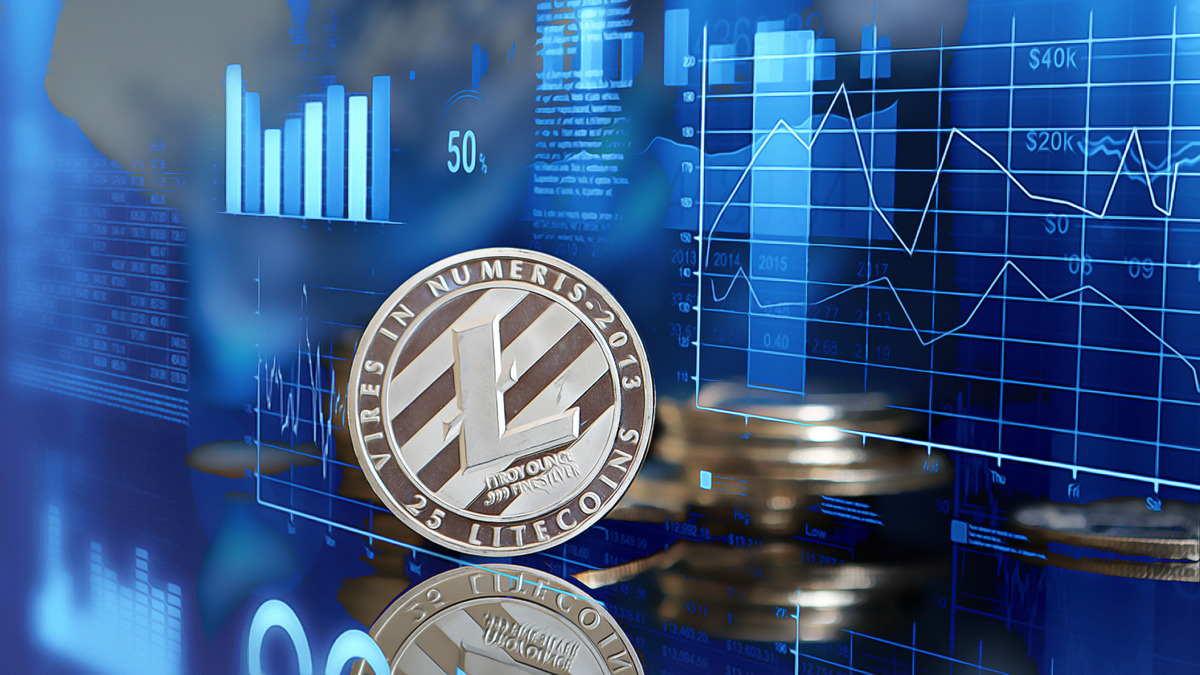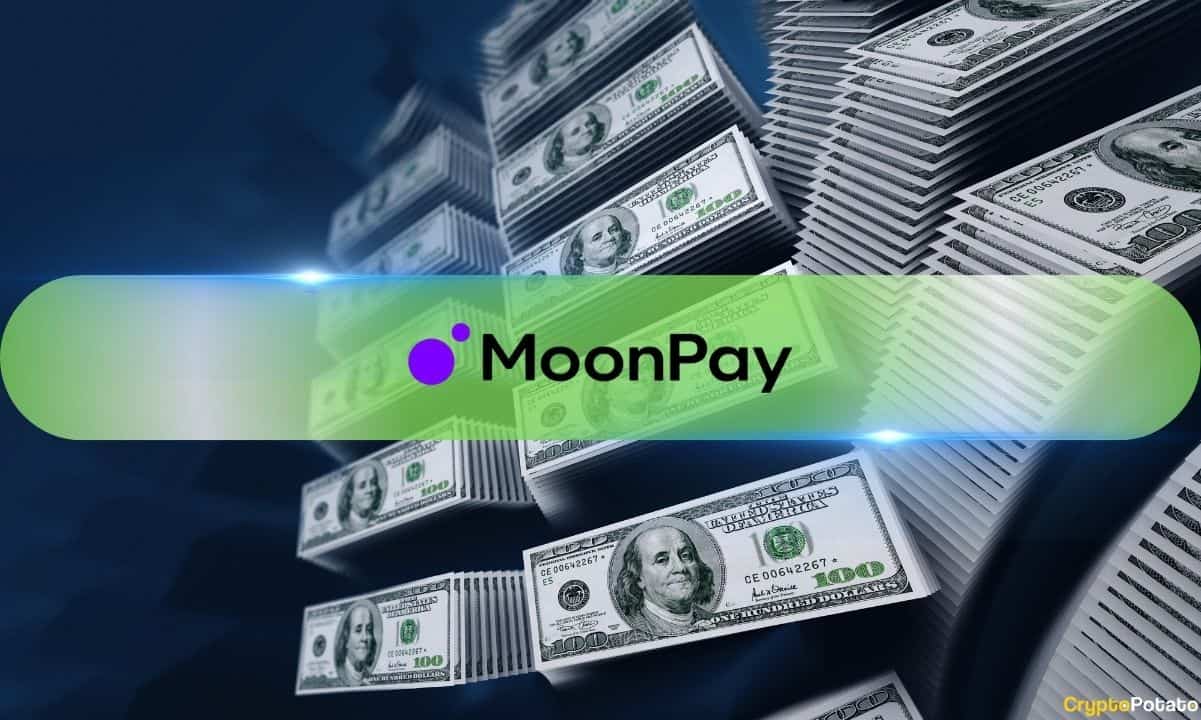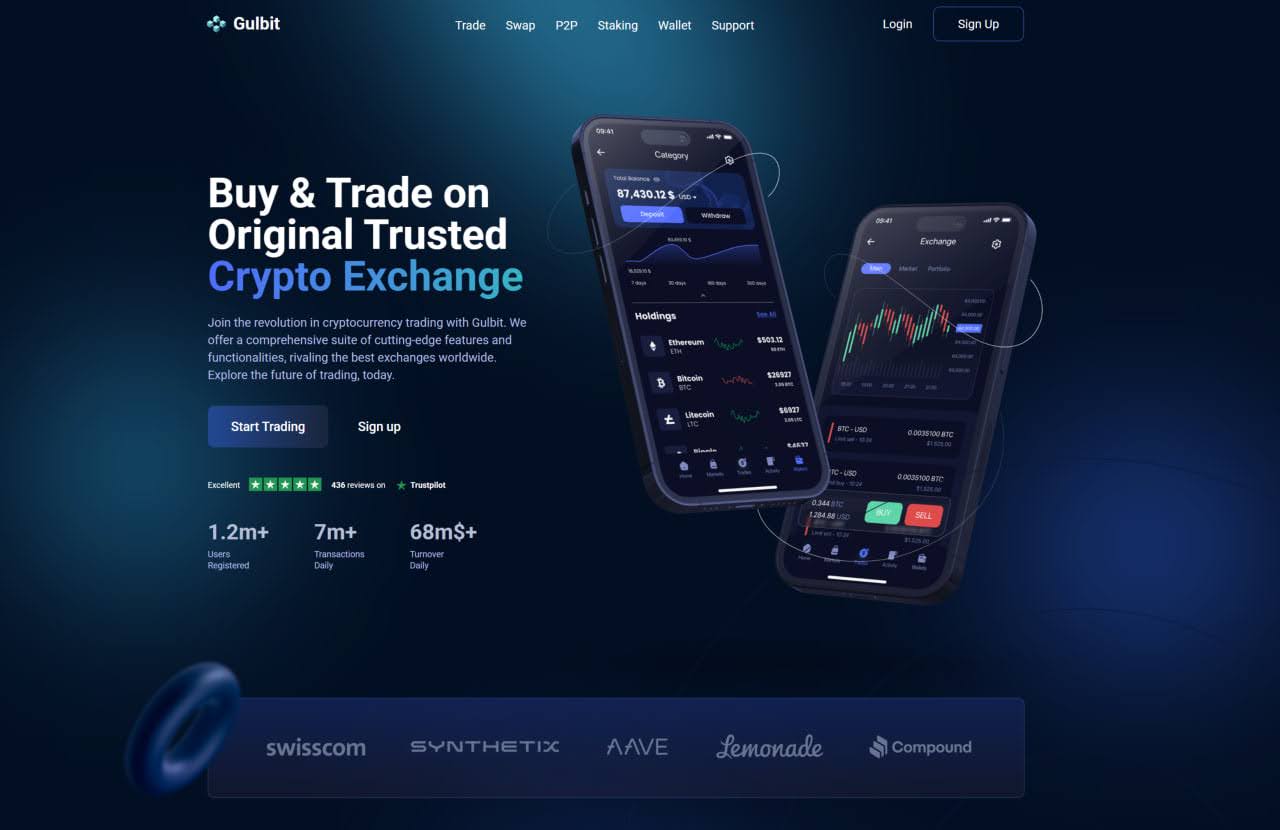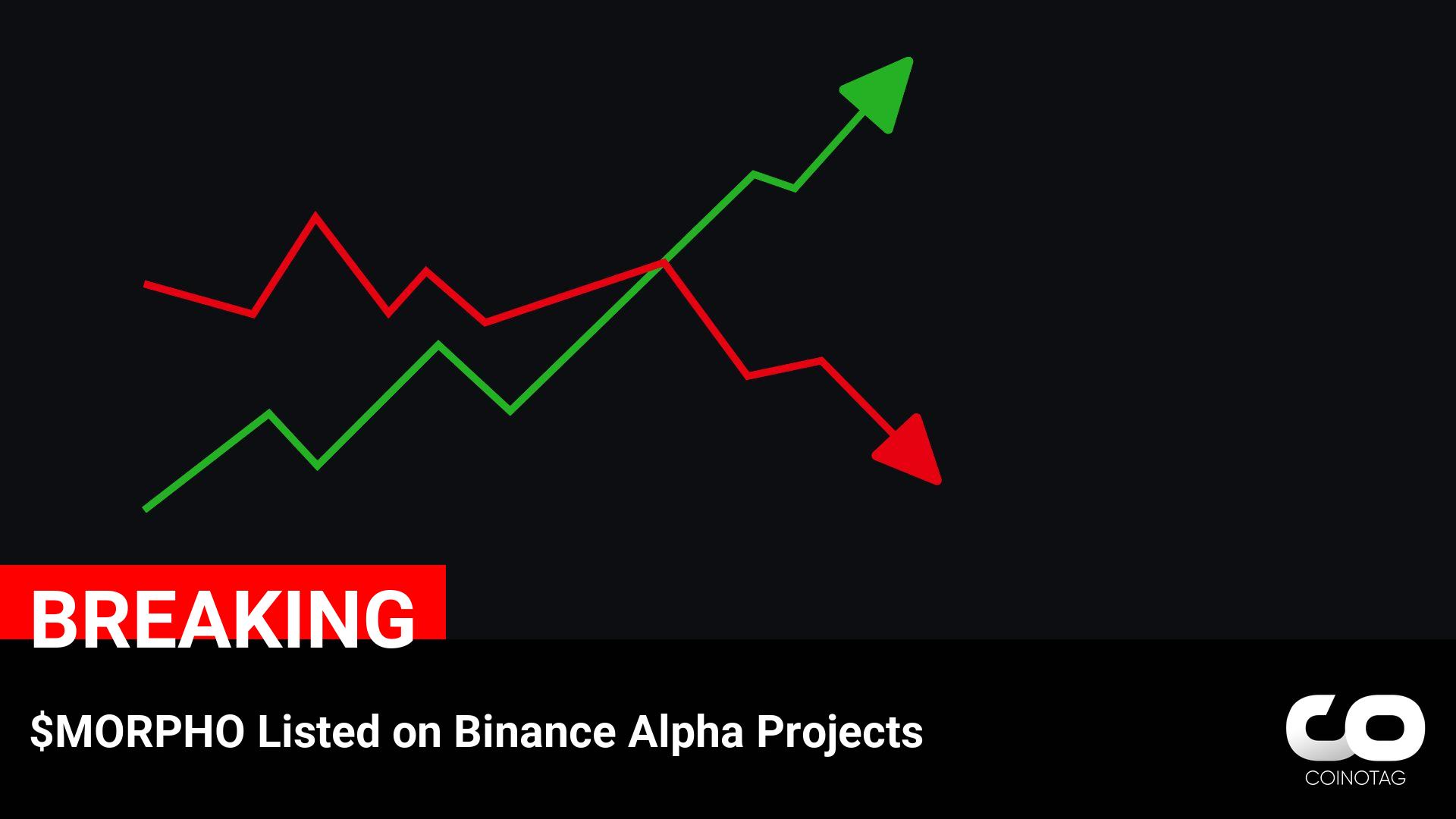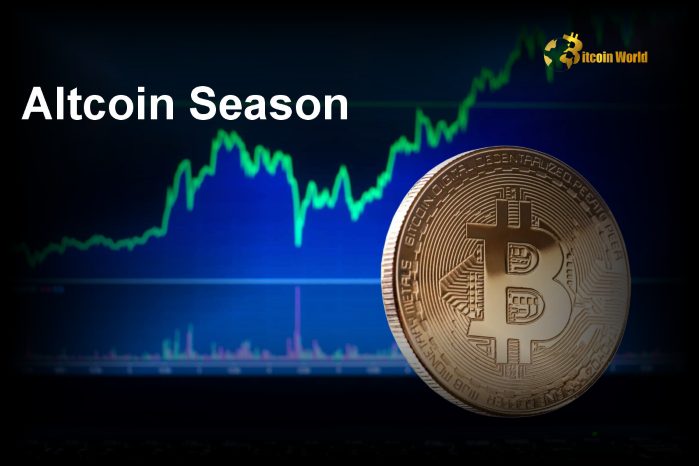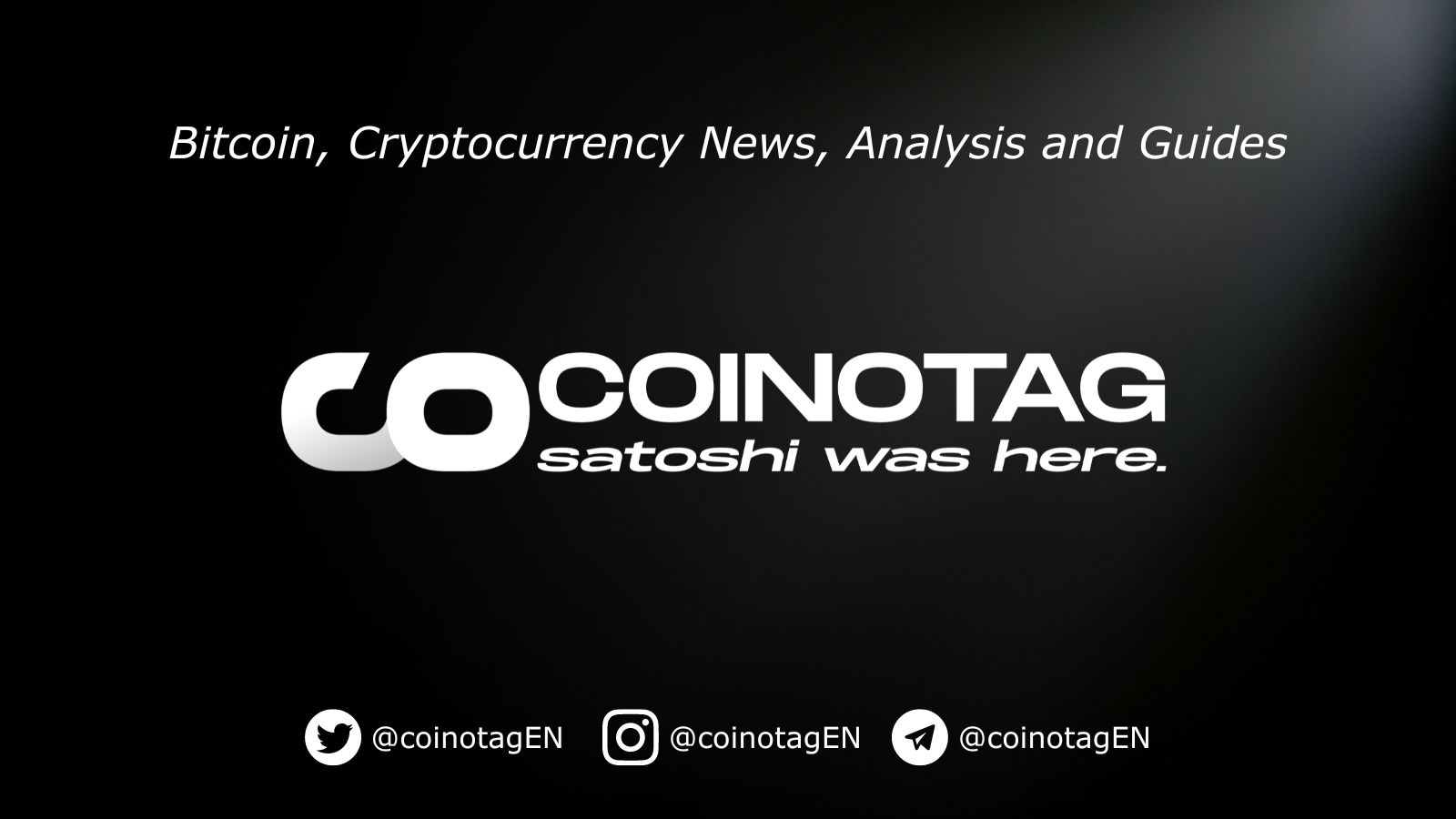
Solana started a fresh decline from the $210 zone. SOL price is consolidating and might aim for a fresh move above the $200 resistance zone. SOL price started a fresh decline below the $205 and $200 levels against the US Dollar. The price is now trading below $200 and the 100-hourly simple moving average. There is a connecting bearish trend line forming with resistance at $198 on the hourly chart of the SOL/USD pair (data source from Kraken). The pair could start a fresh increase if the bulls clear the $200 zone. Solana Price Faces Hurdles Solana price struggled to clear the $210 resistance and started a fresh decline, like Bitcoin and Ethereum . SOL declined below the $202 and $200 support levels. It even dived below the $192 level. The recent low was formed at $188 before the price started a recovery wave. There was a move above the $190 and $192 levels. The price cleared the 23.6% Fib retracement level of the downward move from the $209 swing high to the $188 swing low. However, the bears are active below the $200 level. They protected the 50% Fib retracement level of the downward move from the $209 swing high to the $188 swing low. Solana is now trading above $200 and the 100-hourly simple moving average. On the upside, the price is facing resistance near the $198 level. There is also a connecting bearish trend line forming with resistance at $198 on the hourly chart of the SOL/USD pair. The next major resistance is near the $200 level. The main resistance could be $202. A successful close above the $202 resistance zone could set the pace for another steady increase. The next key resistance is $210. Any more gains might send the price toward the $220 level. Another Decline in SOL? If SOL fails to rise above the $200 resistance, it could start another decline. Initial support on the downside is near the $194 zone. The first major support is near the $188 level. A break below the $188 level might send the price toward the $180 zone. If there is a close below the $180 support, the price could decline toward the $175 support in the near term. Technical Indicators Hourly MACD – The MACD for SOL/USD is gaining pace in the bullish zone. Hourly Hours RSI (Relative Strength Index) – The RSI for SOL/USD is above the 50 level. Major Support Levels – $194 and $188. Major Resistance Levels – $200 and $202.
NewsBTC
You can visit the page to read the article.
Source: NewsBTC
Disclaimer: The opinion expressed here is not investment advice – it is provided for informational purposes only. It does not necessarily reflect the opinion of BitMaden. Every investment and all trading involves risk, so you should always perform your own research prior to making decisions. We do not recommend investing money you cannot afford to lose.
Hamas Confirms Release of Hostages as Planned – Al Jazeera Reports
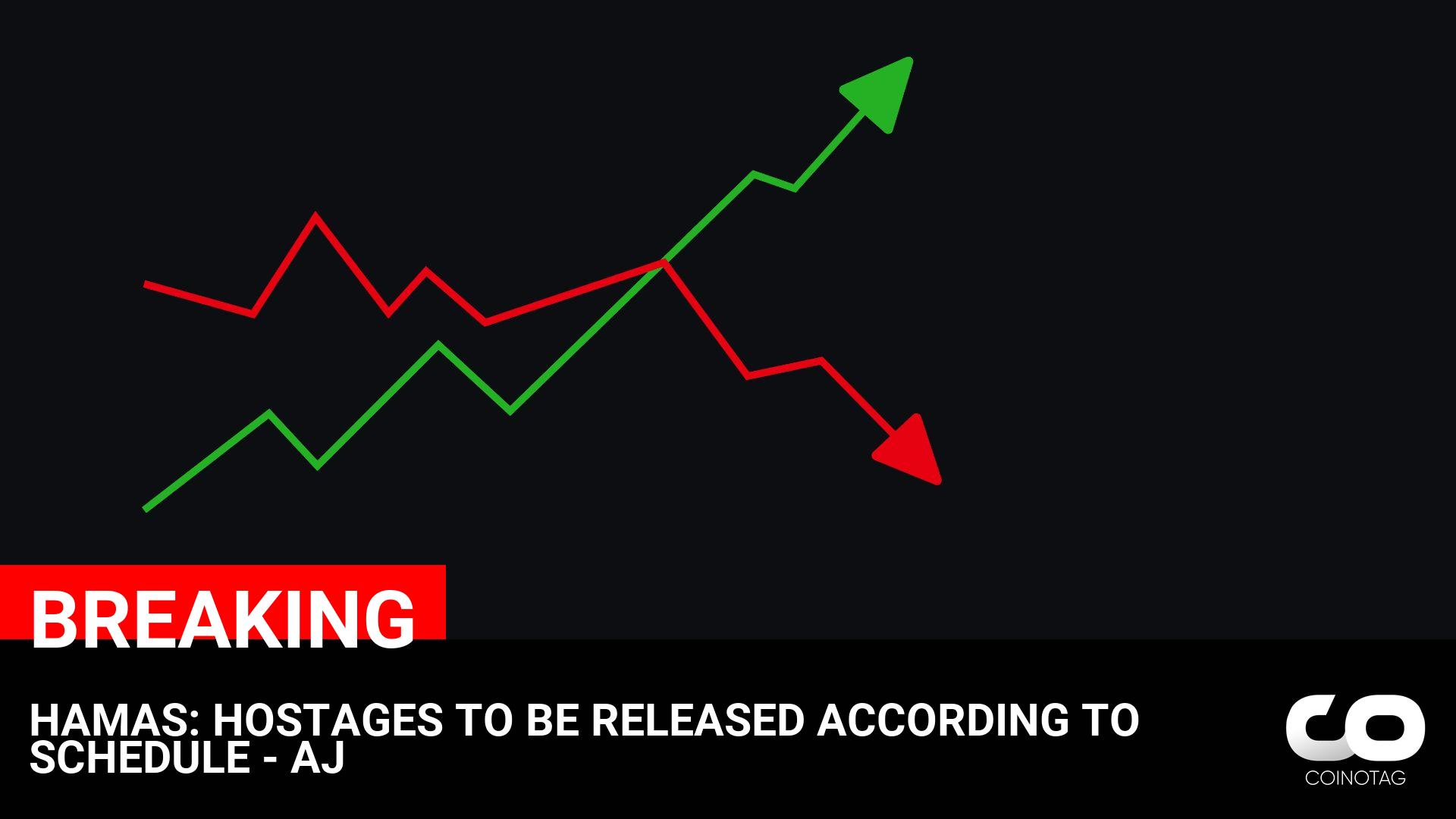
HAMAS: HOSTAGES TO BE RELEASED ACCORDING TO SCHEDULE – AJ ————— NFA. NewsBTC

Uniswap’s Ethereum Layer 2 Unichain Now Live on Mainnet: A Game-Changer for DeFi
Uniswap has officially launched its highly awaited Ethereum Layer 2 solution, Unichain, on the mainnet. This event undeniably marks a watershed moment in decentralized finance’s (DeFi) ongoing evolution. The new Layer 2 platform aims to deliver not just one, but three significant enhancements: 1. Speed: Transactions should be processed faster on Unichain. 2. Cost: Fees should be dramatically lower than on Layer 1 Ethereum. 3. Decentralization: Unichain should not compromise on this front; it should remain a decentralized platform. With robust features and a clear vision, Unichain is primed to revolutionize the DeFi ecosystem. Still, DeFi is only part of its ambition. A New Era of Speed and Efficiency Unichain’s lightning-fast transaction speeds is one of its standout features. The network launches with 1-second block times, enabling instant transaction finality. This speed is crucial for DeFi applications, where speed and responsiveness are key to user experience. In addition, Unichain reduces gas costs dramatically: fees are approximately 95% cheaper than those on Ethereum’s Layer 1. For developers and users, engaging with DeFi apps, launching tokens, swapping assets, and providing liquidity is now far more cost-effective and convenient. Unichain’s commitment to advancing user experience is clear in the company’s future plans. It is preparing to implement 250-millisecond sub-blocks, which will enhance market efficiency and improve transaction speed. These updates are projected to make the platform even more enticing to developers and end-users. Built for Cross-Chain Liquidity: Unlocking the Potential of the Superchain One of Unichain’s main characteristics is its emphasis on cross-chain interoperability. As the decentralized finance (DeFi) ecosystem keeps growing, the necessity for quick, efficient cross-chain transactions has become more pressing. To meet this need, Unichain offers an “all-in-one” solution for developers and users who want to access cross-chain liquidity. The solution features decentralized bridging, which allows tokens to be sent across different blockchain networks without having to rely on a centralized exchange. The launch of native interoperability is set to hugely boost cross-chain transaction efficiency, cutting down on the mix-ups and allowing for what is looking like a cheaper, better, and faster service for DeFi users everywhere. Because assets and data can now flow freely between different chains, not only are liquidity provision and the use of DeFi protocols rendered a whole lot easier, but the combination of assets, data, and DeFi protocols across diverse chains also promises some exciting new use cases. Prioritizing Decentralization from Day One Unichain’s promise of decentralization differentiates it from numerous other Layer 2 solutions. The platform is the first to come online as a Stage 1 Rollup from day one, serving up a high level of security and trustlessness right from the get-go. Furthermore, Unichain is going live with permissionless fault proofs, which ensures that even if transaction validity might get a little hairy for a while (as it can in any experimental cryptographic system), the network can stay secure and sound. The fresh perspective allowed for by our private sale funders will serve as not only a base of operational support but also a boost toward empowering us to satisfy the vision of the blockchain as it was originally conceived—an open, secure, and decentralized platform for all. With the private sale now successfully completed and the first round of funding in the books, we have already started executing our plans for the next year and beyond. Unichain mainnet is live ✸ Fast with low fees ✸ Built for cross-chain liquidity ✸ Prioritizes decentralization from day one You can now deploy DeFi apps, launch tokens, swap, provide liquidity, and more pic.twitter.com/MqJQwum4Bf — Unichain (@unichain) February 11, 2025 A Thriving Ecosystem of Apps and Providers Unichain’s initiation is garnering a substantial amount of attention from developers and infrastructure suppliers. More than 80 applications and providers are constructing on the platform, which solves a clear and urgent problem: the shortage of fast, low-cost, and truly decentralized Layer 2 solutions for Ethereum. But what makes this platform potentially groundbreaking is not just its current adoption, but also its use case: driving next-generation development and innovation in a suite of Ethereum-based applications—DeFi, NFTs, and others. Unichain can back the deployment of DeFi apps, token launches, swaps, and liquidity provision, but that alone wouldn’t be reason enough to get excited about it. DeFi itself isn’t really thrilled about being on the Ethereum blockchain as it now exists. Could Unichain provide the infrastructure to do these things and not still be on the Ethereum blockchain as it now exists? Looking Ahead: The Future of Unichain and DeFi Unichain’s arrival signals the start of a fresh chapter within the Ethereum Layer 2 ecosystem. Unichain is not only quick, with low fees, but also has a definite push towards decentralization and cross-chain liquidity. And yet, even with all this going for it, Unichain still has this added option of being a DeFi means to an end. So as more developers build on it and more features appear, it surely has some impact on our dear blockchain space. In the next few months, as Unichain rolls out more upgrades and enhancements, the platform will almost certainly continue to see the growth of its user base and adoption. If you’re a developer looking to launch a DeFi app, a liquidity provider, or a user wanting to swap tokens in a more efficient manner, Unichain offers the necessary infrastructure to participate in the swiftly expanding DeFi ecosystem. With an emphasis on speed, low fees, and decentralization, Unichain appears well-positioned to serve as the vanguard for the next wave of blockchain innovation. Disclosure: This is not trading or investment advice. Always do your research before buying any cryptocurrency or investing in any services. Follow us on Twitter @nulltxnews to stay updated with the latest Crypto, NFT, AI, Cybersecurity, Distributed Computing, and Metaverse news ! Image Source: jd8/ 123RF // Image Effects by Colorcinch NewsBTC

